Deokjin Park (덕진공원)
8.2Km 31926 2024-04-07
390, Gwonsamdeuk-ro, Deokjin-gu, Jeonju-si, Jeonbuk-do
+82-63-239-2607
Deokjin Park is a representative city park of Jeonju. Officially designated a city park in April 1978, it is centered around a natural pond, which dates back to the Goryeo dynasty (918-1392). The park is such a landmark of the area that the lotus flowers blooming in the park’s large pond are considered one of the most impressive attractions of Jeonju. The park spans an area of 13,000 ㎡ with the pond covering about two thirds of the southern sector. An arch-shaped suspension bridge stretches across the middle of the pond, offering up-close views of the lotus blossoms.
Park designers created a traditional pavilion and a water iris garden in honor of the park’s historical background and added an artificial waterfall and wooden bridge for visual effect. The park also houses nine stone monuments including the Children’s Charter, engravings of Shin Seok-jeong and Kim Hae-gang’s poetry, and a statue of General Jeon Bong-jun.
The park is the site of the annual Dano Changpomul (Water Iris) Festival, a much-anticipated event held on the day of Dano (a Korean traditional holiday that falls on the fifth day of the fifth lunar month). During the celebration, women wash their hair in iris-infused water from the pond to wish for good health in the coming year.
Iksan Godori Standing Stone Buddha (익산 고도리 석조여래입상)
8.2Km 10174 2024-04-07
Donggodo-ri, Geumma-myeon, Iksan-si, Jeonbuk-do
+82-63-859-5792
Iksan Godori Standing Stone Buddha is Treasure No. 46. The two Buddha statues (each measuring 424 cm) stand face-to-face at a distance of 200 meters apart and tell the story of an eternal, but unrequited love.
According to legend, the two Buddhas (one male, one female) are lovers that can only meet for one night in the twelfth month of the lunar calendar. After the sunset on that special day, the lovers are allowed to meet, but must return to their respective positions before the rooster crows at dawn.
The two statues are very representative of the Goryeo era, which produced many stone statues with minimal expression of the physical body. True to the era, each Buddha has almost no curves and is depicted with plain clothing and barely distinguishable arms.
On their heads, the Buddhas wear a crown topped with another square hat. With their square faces, small eyes, pug noses, and small lips, the Buddhas are reminiscent of guardian deities typically placed at the entrance of villages.
Open Space Nu-e (복합문화지구 누에)
8.3Km 0 2024-04-06
462-9 , Wanju-ro, Wanju-gun, Jeonbuk-do
Nu-e, a complex cultural district located in Wanju-gun, Jeollabuk-do, opened with the goal of "a living space where everyone communicates through art." As part of the cultural regeneration project, it was built in the Jeollabuk-do Jameop (silkworm business) testing center complex and is carrying out projects such as cultural and artistic education, exhibition planning, and the creation of creative spaces. Facilities include Nu-e Art Hall, where various art exhibitions and performances are held, guesthouse 'Sum' for local residents, a camping ground and lounge, a pottery room, a kiln room, etc. There is a children's space called "Dreaming Nu-e Playground" where adults are not permitted, making it a good place for family trips. It is also recommended to visit the Jeonbuk Provincial Museum of Art and Samnye Culture and Art Village, representative tourist facilities in Wanju-gun.
Sori Arts Center of Jeollabuk-do (한국소리문화의전당)
8.5Km 15255 2024-04-06
31, Sori-ro, Deokjin-gu, Jeonju-si, Jeonbuk-do
+82-63-270-8000
The city of Jeonju prides itself on its rich local culture and history of tradition. Residents are passionate about their heritage, especially when it comes to the arts. The Sori Arts Center of Jeollabuk-do exemplifies and celebrates these community values by regularly offering a full program of visual arts shows. An excellent venue for leisure activities, events, and gatherings, the building itself boasts a stunning architectural style that underscores the institution’s desire to increase art appreciation worldwide.
* Foundation: September 21, 2001
Jeonju International Sori Festival (전주세계소리축제)
8.7Km 23416 2024-04-07
31, Sori-ro, Deokjin-gu, Jeonju-si, Jeonbuk-do
+82-63-232-8394
Jeonju International Sori Festival offers visitors a chance to enjoy various traditional Korean music as well as music from around the world. Held every year in Jeonju since 2000, music flows throughout the festival period.
Iksan Ssangneung (익산 쌍릉)
8.7Km 15002 2024-04-07
Seogwang-dong, Iksan-si, Jeonbuk-do
+82-63-859-5792
The Ssamgneung (Twin Tombs) in Iksan are stone chamber tombs that were unearthed during an academic excavation survey in 1917. At the time of the survey it was discovered the tombs had already been illegally excavated, most likely during the reign of King Chungsukwang of the Goryeo dynasty. Though looters had stripped the tombs of any burial accessories, the wooden coffins were found to be relatively intact.
The coffins were severely damaged in the aftermath of the Korean War, but were later restored by the Jeonju National Museum. When they were first found, the twin tombs measured 3.1 meters high and 0.5 kilometers wide, but some of the original wood was lost during the tombs’ tumultuous history and the restoration that followed. The larger of the restored tombs now measures 30 meters in diameter and 5 meters in x_height while the smaller tomb measures 24 meters in diameter and 3.5 meters in x_height. On January 21, 1963 the tombs were designated Historic Site No. 87.
The Twin Tombs are roughly 200 meters apart, with the tomb in the east called Daewangmyo (big royal tomb) and the one in the west Sowangmyo (small royal tomb). The interiors of the tombs are done in the same style as the stone chamber tombs found in the tomb cluster of Neungsan-ri, Buyeo. Considering that the nearby Mireuksaji Temple Site was built during the reign of King Mu of Baekje dynasty, it is highly likely that the Twin Tombs are those of King Mu and his wife, Queen Seonhwa.
Iksan Ten Million Chrysanthemum Festival (익산천만송이국화축제)
8.7Km 28195 2024-04-06
322 , Hana-ro, Iksan-si, Jeonbuk-do
• 1330 Travel Hotline: +82-2-1330 (Korean, English, Japanese, Chinese) • For more info: +82-63-859-4977, 4334
The annual Iksan Ten Million Chrysanthemum Festival is held every year from late October to early November. The festival features an outdoor chrysanthemum exhibit, city agricultural hall, cultural performances, music fountain and much more as well as food.
Wanggung Dawon (왕궁다원)
8.8Km 0 2024-04-07
21-5 Sagok-gil, Wanggung-myeon, Iksan-si, Jeonbuk-do
Wanggung Dawon is a hanok café built in the 1800s. It was once the residence of Song Byungwoo, a rich person in the region, and has been operating as a traditional tea house since 2008, preserving the charm of the old hanok. The café offers a wide variety of teas, with the signature menu item being ssanghwatang (herbal tonic tea), a traditional Korean beverage. Ssanghwatang is made with ingredients such as jujube, ginseng, and chestnuts, known for its warming properties.
Olive Young - Jeonju Hyoja Branch [Tax Refund Shop] (올리브영 전주서부효자)
8.9Km 0 2024-04-22
11, Baubaegi 2-gil, Wansan-gu, Jeonju-si, Jeollabuk-do
-
Jeonju Zoo (전주동물원)
9.0Km 35211 2024-04-07
68, Sori-ro, Deokjin-gu, Jeonju-si, Jeonbuk-do
+82-63-281-6759
Located about 1 kilometer away from Deokjin Park in Deokjin-gu, Jeonju-si, the zoo is equipped with not only diverse animals and plants, but also a field for soccer, a volleyball court and many other sports facilities. In addition to their leisure grounds, the amusement park 'DreamLand' is found to the eastside of the zoo.
Opened on June 10, 1978, the zoo houses visitors' all time favorites like tigers, lions, giraffes, hippos, buffalo, rhinos, camels and more exotic animals, coming to a total of 670 animals made up of 106 different species.

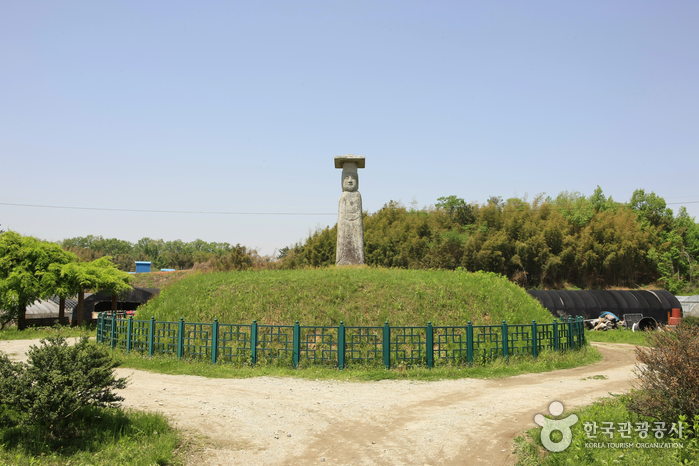
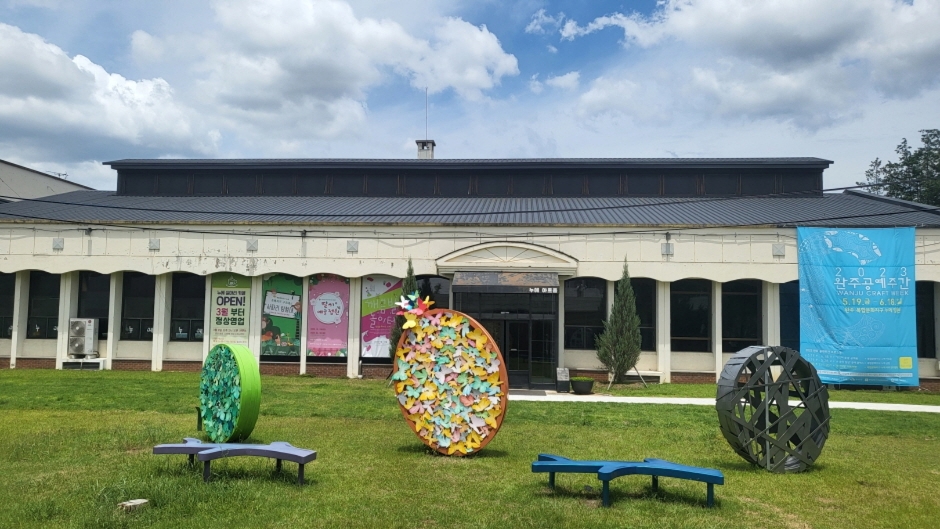
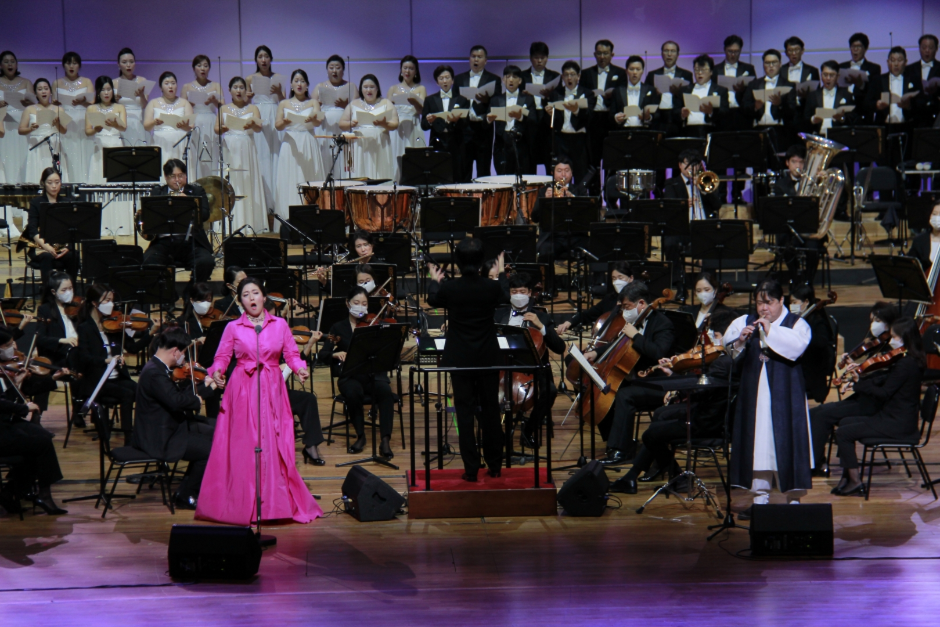
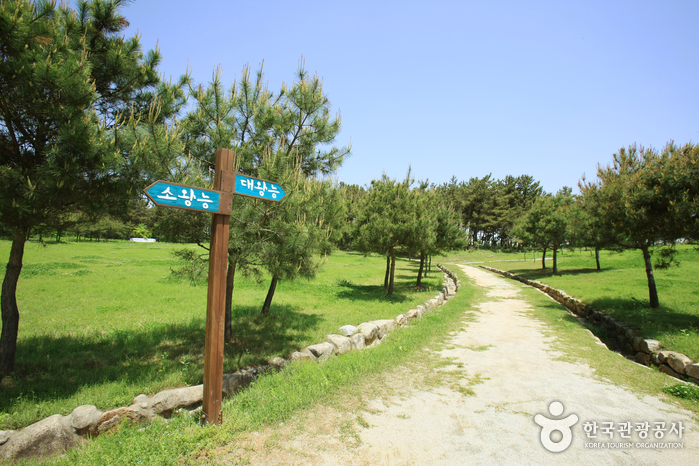
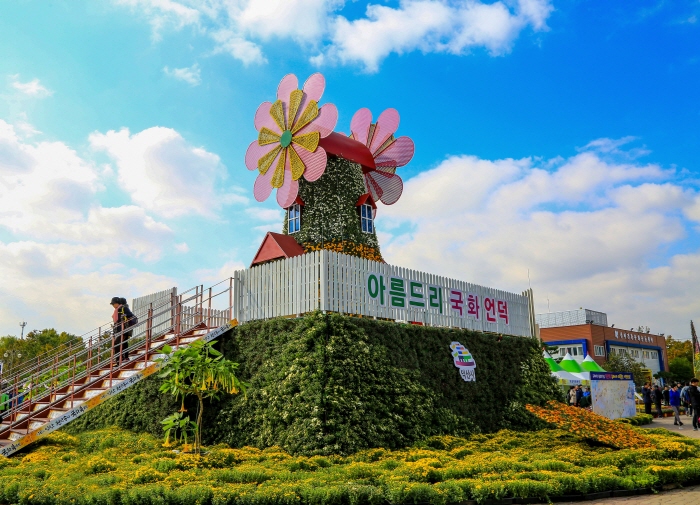
 English
English
 한국어
한국어 日本語
日本語 中文(简体)
中文(简体) Deutsch
Deutsch Français
Français Español
Español Русский
Русский